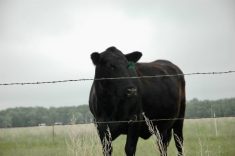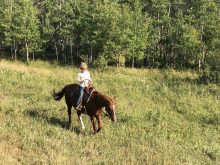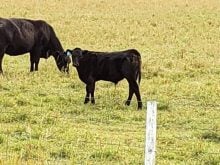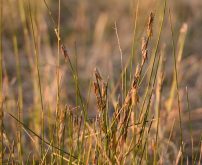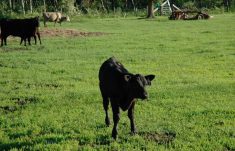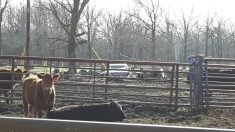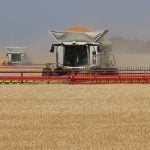Whenever I heard of a beef cow herd infected with brown stomach roundworms (Ostertagi ostertagi), I used to envision a cow’s abomasum filled with large and living ropes.
Then, I looked at some pictures in a cattle parasite book and to my surprise, this common gastrointestinal worm is no more than a quarter- to half-inch long and inhabits the cow’s abomasum wall, giving its mucosa a surface of bumpy lesions.
What you see in the accompanying photo seems harmless enough, but these parasites can cause a lot of damage in both cows and calves, such as persistent diarrhea, indigestion and compromised immunity. These all lead to reduced feed intake, poor feed efficiency, poor body condition score (BCS), inadequate weight gain and even slower recovery from scours or pneumonia. That’s why I advocate a solid deworming program — and it should be implemented on nearly every cow-calf operation.
Read Also
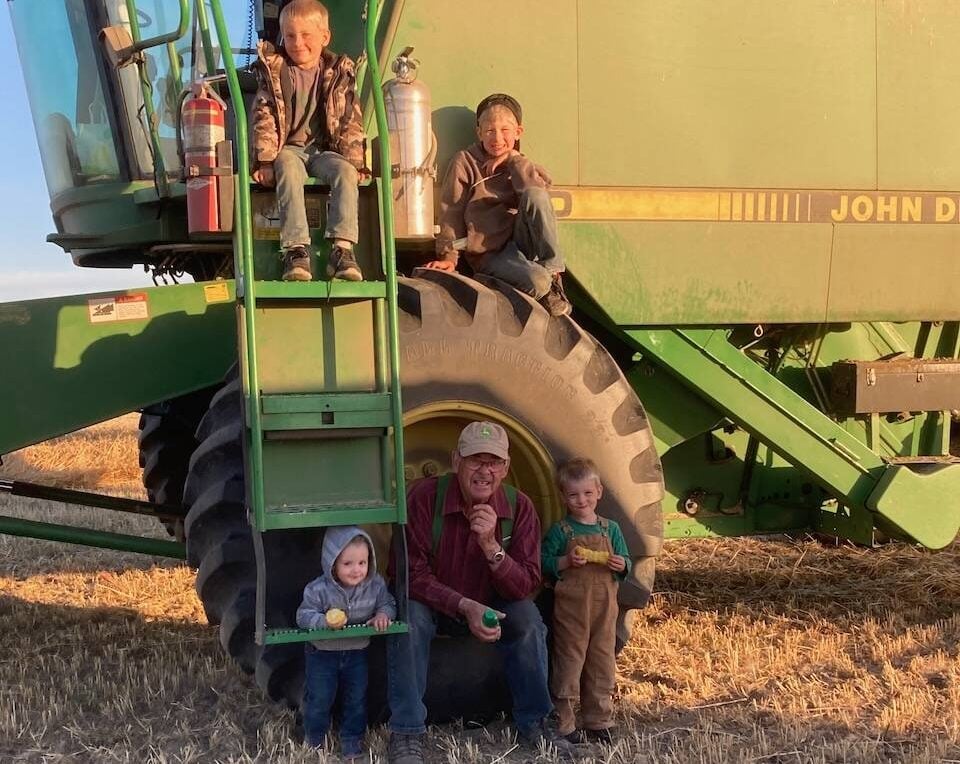
Harvest wraps up and fall work begins
At the Eppich famly ranch in western Saskatchewan, the fall harvest was successful with few breakdowns, cows and calves have been sorted and a new tractor has arrived
Before setting up any deworming program, we should be familiar with the life cycle of the brown stomach worm. It encompasses a period of about three weeks:
- Infected cattle pass worm eggs in manure, excrete it onto pastures.
- Eggs hatch into first-, second- and third-stage larvae, and develop in the same manure.
- Third-stage larvae migrate onto pasture grass.
- Cattle ingest third-stage larva on grazed grass; the larvae migrate to the abomasum mucosa.
- Worms mature into fourth-stage larva and finally into egg-laying adults, yet often arrest final development to hibernate in the overwintering cows until spring.
The extent of worm contamination on pastures usually parallels cow and calf grazing activity. This means there is a modest increase of worms during the first couple of months of spring, followed by a dip in midsummer, ending in a population explosion.
READ MORE: When the worms come marching in
It seems mature cows shed the most worm eggs in the early spring; those eggs then develop into larvae, which either contaminate the entire pasture or simply die off. Meanwhile, new spring calves are also starting to consume contaminated grass, thus becoming worm carriers. The calves deposit them back as shed eggs, which lead to most of the late-pasture contamination.
I used to work for a local feed mill that still owns a 150-beef cow operation. Years ago, my friend developed his own cattle deworming plan based on the above natural life cycle of round stomach worms. It mainly uses two chemical types of anthelmintic dewormers: avermectins (ivermectin) and benzimidazoles (fenbendazole). His primary goal is effective worm control as well as to minimize chemical resistance by the worms.

In a three-year cycle, he uses the Ivomec (five mg/ml ivermectin) pour-on for two years in a row at the rate of one ml per 10 kg of bodyweight of both cow and her calf, before they are both released onto pasture.
For the third year, he switches to Safeguard drench (100 mg/ml fenbendazole). In this latter treatment, he provides one drench of 2.5 ml for every 50 kg of cattle bodyweight. Then he returns to Ivomec for the following year, which creates a new cycle.
My friend prefers the Ivomec treatment, because it offers two weeks of residual power against worms and controls other external parasites. In fact, he often goes onto a third straight year of Ivomec pour-on, when lice and mange flare up during a hard winter. In comparison, fenbendazole is also effective control against stomach worms, but it makes no claims against other cattle parasites.
Despite my friend’s or anyone’s deworming plan, we should always know the cost/revenue benefits of worm control in cattle. The above investments are:
- Ivomec Pour-on = 1 ml per 10 kg; 75 ml (@ $205 for 5 litres) per 750 kg of beef cow + calf = $3.08/pair.
- Safeguard Drench = 2.5 ml per 50 kg; 37.5 ml (@ $550 for 3.78 litres) per 750 kg of beef cow + calf = $5.46/pair.
Some Canadian research demonstrates an 18-pound weaning-weight advantage due to deworming cattle compared to untreated controls. For example, if my Safeguard input cost (cow + calf) is $5.46 per pair and estimated revenue (18 lb. x $3.50/lb.) is $63 per weaned calf; the net revenue is $57.54/treated calf. For a 150-cow/calf operation that is an extra $8,600 in revenue.
Such an economic benefit is always good news. In the end, we may not be able to get rid of every last worm in the average beef cow herd. However, we can reduce their negative impact on cattle health and performance.




